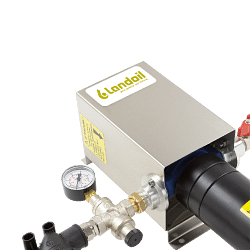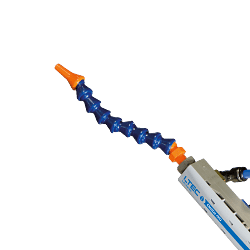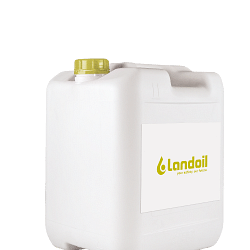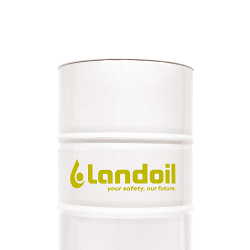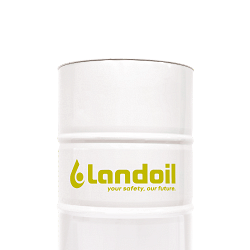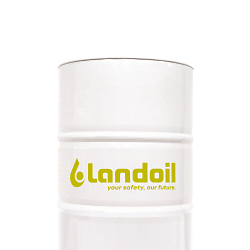< Lubricants for machine tools Grease and paste
In the world of machine shops, the importance of using the right lubricants cannot be underestimated. Among these, greases and pastes play a crucial role in ensuring the proper functioning and longevity of machines. These often underestimated products are essential for reducing friction, preventing wear and protecting metal surfaces from corrosion. In this in-depth look, we will explore in detail what greases and pastes are, what they are used for, how they are used and what benefits they offer to machine shops.
Understanding greases and pastes: a technical overview
Greases and pastes are lubricating compounds that differ mainly in their consistency and composition. Greases are generally more viscous and consist of a base oil, a thickener and additives. Pastes, on the other hand, are denser and contain a higher concentration of solid additives, such as molybdenum disulphide or graphite, which impart specific properties.
Primary functions of fats and pastes
The primary function of greases and pastes is to reduce friction between moving surfaces. This is particularly important in machine shops, where machines are subjected to high loads and harsh operating conditions. In addition to reducing friction, these lubricants protect metal surfaces from wear and corrosion, thus improving the life of equipment.
Practical applications in machine shops
In machine shops, greases and pastes find application in a wide range of machinery and components. They are used in bearings, linear guides, joints and other moving parts that require constant lubrication. The choice of the right type of grease or paste depends on specific operational requirements, such as temperature, load and working environment.
Advantages of using greases and pastes
The use of greases and pastes offers machine shops numerous advantages. Firstly, they improve the operating efficiency of machines by reducing friction and wear. This translates into longer equipment life and reduced maintenance costs. In addition, greases and pastes help reduce the energy consumption of machines, as a well-lubricated system requires less energy to operate.
Selecting the right lubricant: factors to consider
The choice of the right grease or paste is crucial for best results. Factors to consider include viscosity, temperature resistance, material compatibility and specific operating conditions. It is important to consult the technical data sheets of the products and, if necessary, contact experts for personal advice.
Frequently asked questions about greases and pastes
1. What is the difference between greases and lubricating oils?
Greases are more viscous and stay in place longer than oils, which tend to run off. Greases are ideal for applications where long-lasting lubrication is required.
2. How are greases and pastes applied correctly?
The correct application depends on the type of machine and the part to be lubricated. It is important to follow the manufacturer's instructions and use the appropriate tools to ensure even distribution.
3. How often should greases and pastes be replaced?
The frequency of replacement depends on the operating conditions and the type of lubricant used. In general, it is advisable to carry out regular checks and replace lubricants when they show signs of degradation.
Conclusion: the strategic importance of greases and pastes
In conclusion, greases and pastes are essential components for the proper functioning of machine shops. Their ability to reduce friction, prevent wear and protect against corrosion makes them indispensable to ensure the efficiency and longevity of machines. Investing in the correct choice and application of these lubricants can lead to significant maintenance cost savings and an overall improvement in operational performance.
Read More Read Less 








